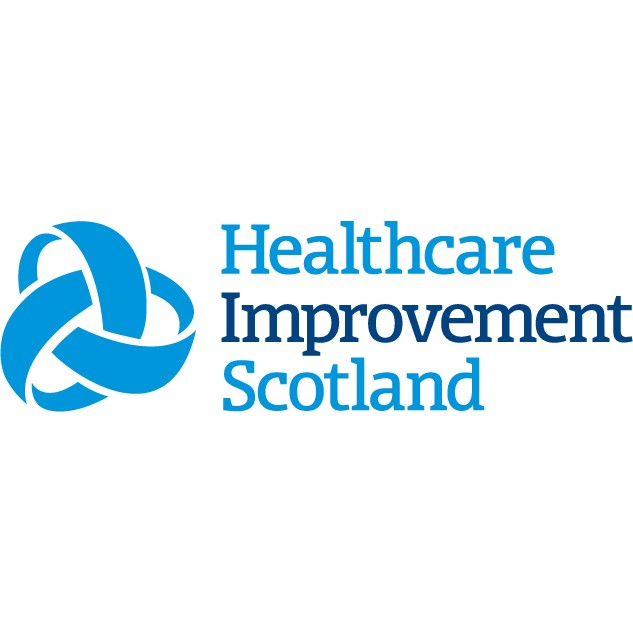Secondary driver: Use of reliable tools and shared language to identify frailty and those at risk of frailty
| Resource | Source | What is it and what is it for? |
| Evidence and guidelines: | ||
| Development and validation of an electronic frailty index using routine primary care electronic health record data | Clegg, A, Bates C, Young J, Ryan R, Nichols L, Teale EA, et al. Age and Ageing. 2016;45(3):353-360 | Article describing the development of an electronic frailty index using data from a UK primary care database |
| A global clinical measure of fitness and frailty in elderly people | Rockwood K, Song X, MacKnight C, Bergman H, Hogan DB, McDowell I, et al. Canadian Medical Association Journals. 2005;173(5):489-495 | Article describing the development and application of a 7-point Clinical Frailty scale to 2305 elderly patients |
| Tools and resources: |
||
| Clinical frailty scale | Dalhousie University | Judgement-based clinical tool to screen for frailty and to broadly stratify degrees of fitness and frailty |
| THINK frailty tool | Healthcare Improvement Scotland | Tool supporting screening for frailty as an adjunct to clinical judgment. Can be used to screen all people over 75 and people resident in care homes over 65. |
| eFI in NHS Forth Valley | Healthcare Improvement Scotland | Paul Baughan, GP and palliative care clinical lead, talks about the electronic frailty index |
| University Hospital Monklands case study | Healthcare Improvement Scotland | Case study of a Frailty at the Front Door improvement project in NHS Lanarkshire |
| LifeCurve™ Improving independence (and reducing costs) at scale presentation | Newcastle University | Presentation on improving independence (and reducing costs) at scale |
| Electronic Frailty Index (eFI) | Healthcare Improvement Scotland | Tool for identifying people as they progress through different levels of frailty, based on routine interactions with their GP |
Secondary driver: Timely delivery of Comprehensive Geriatric Assessment in acute and community care settings
| Resource | Source | What is it and what is it for? |
| Evidence and guidelines: | ||
| Silver Book II | British Geriatrics Society | Guidance and best practice on recognising and treating non-specific presentations in urgent care of older people |
| CGA in primary care settings | British Geriatrics Society | Toolkit providing an introduction to Comprehensive Geriatric Assessment (CGA) in primary care settings |
| Comprehensive geriatric assessment for older adults admitted to hospital |
Ellis G, Gardner M, Tsiachristas A, Langhorne P, Burke O, Harwood RH, et al. Cochrane Database of Syst. Rev. 2017; 9 | Cochrane systematic review on the effectiveness of comprehensive geriatric assessment(CGA) in improving care in older people admitted to hospital |
| The relationship between frailty and polypharmacy in older people: a systematic review. | Gutierrez-Valencia M, Izquierdo M, Cesari M, Casas-Herrero A, Inzitari M, Martinez-Velilla N. Br. J. of Clin. Pharm. 2018; 84:1432-1444 | Systematic review of quantitative studies of the impact that frailty and polypharmacy have on each other |
| Health outcomes and implementation barriers and facilitators of comprehensive geriatric assessment in community settings: a systematic integrative review | Sum G, Nicholas SO, Nai ZL, Ding YY, Tan WS. BMC Geriatrics. 2022;22(1):379. | Systematic review of the quantitative evidence on comprehensive geriatric assessment in community-dwelling adults |
| Tools and resources: | ||
| 7 steps to appropriate polypharmacy | NHS Scotland | Practical, step-by-step guide for managing polypharmacy |
| Modern ward rounds | Royal College of Physicians | Report from UK healthcare professional leaders setting out best practice for modern ward rounds |
Secondary driver: Proactive reassessment and responsive multidisciplinary and multi-agency intervention
| Resource | Source | What is it and what is it for? |
| Evidence and guidelines: | ||
| Multidisciplinary team meeting (MDT) Guidance | Healthcare Improvement Scotland | Guidance notes on multidisciplinary team meetings to discuss those identified with frailty in the community |
| Community-based care pilot project | Healthwatch Liverpool | Report of a 100-day pilot project focused on providing community-based care for frail older people |
| Framework for countries to achieve an integrated continuum of long-term care | World Health Organisation | Framework to guide countries in assessing system-level components to implement sustainable and equitable long-term care actions |
| Delaying and reversing frailty: a systematic review of primary care interventions | Travers J, Romero-Ortuno R, Bailey J, Cooney MT. British Journal of General Practice. 2019;69(678):e61-e9. | Systematic review of the evidence to assess the comparative effectiveness and ease of implementation of frailty interventions in primary care |
| Tools and resources: | ||
| Fife Health and Social Care Partnership: The community health and wellbeing hub model in Fife case study | Healthcare Improvement Scotland | Case study of community health and wellbeing hubs (Hubs) developed and tested in Fife |
| Delivering integrated care: the role of the multidisciplinary team | Social Care Institute For Excellence | Logic model describing good integrated care; includes a visual depiction of how a fully integrated health and care system might be structured and function, and the outcomes and benefits it should deliver for service users and carers |
